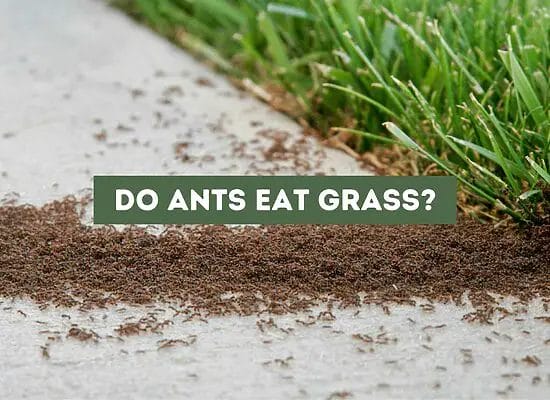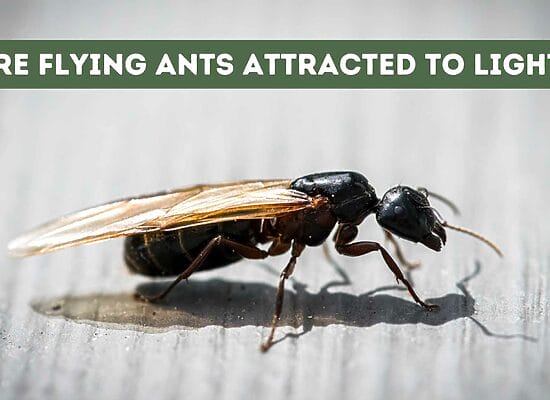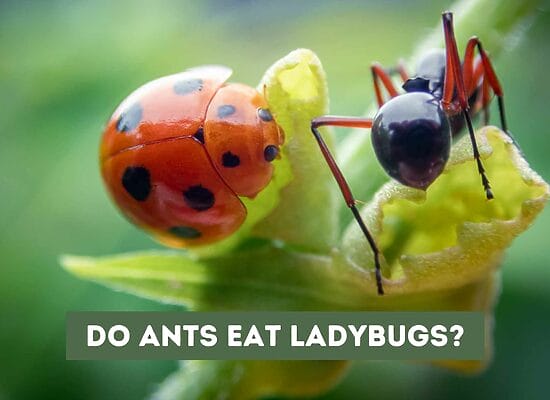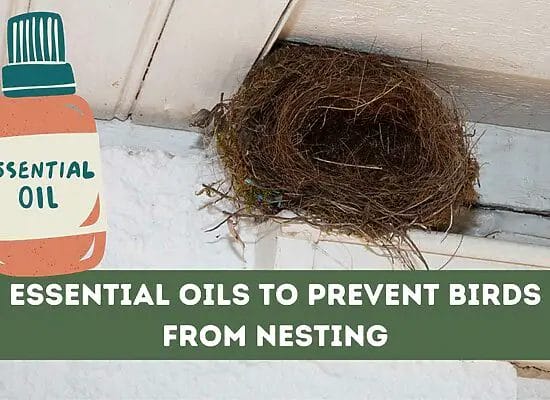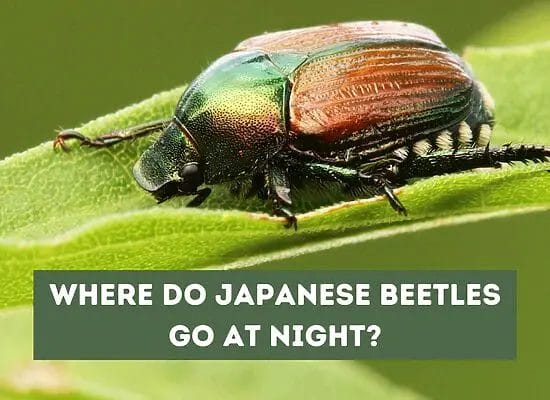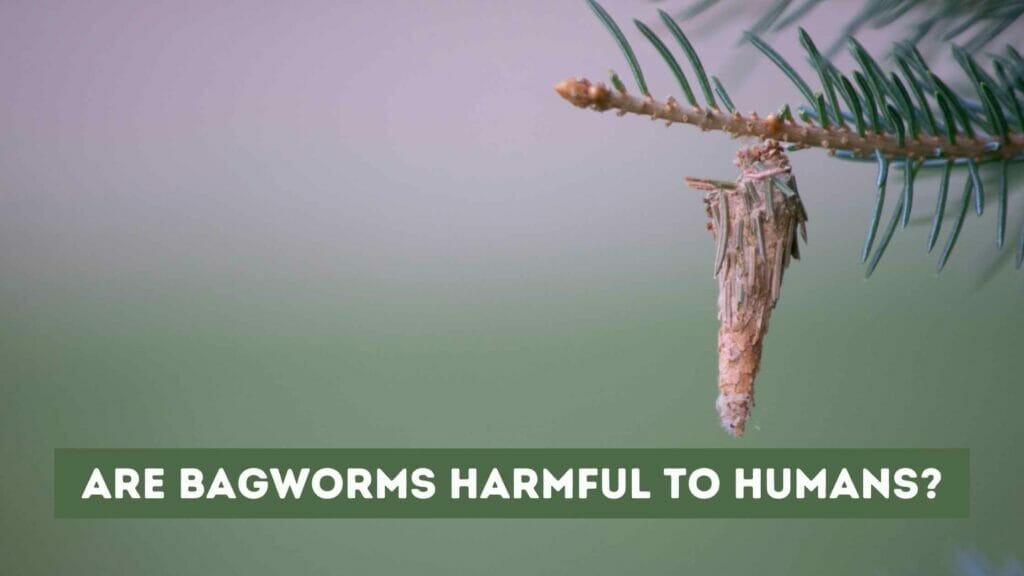
Are you worried about the presence of bagworms in your yard? You’re not alone. These invasive pests can cause significant damage to trees and bushes, but are bagworms harmful to humans?
In this article, we’ll explore whether bagworms harm humans and provide you with the information you need to protect yourself and your property.
Key takeaways:
- Bagworms are a type of moth that spin protective bags made of silk and plant material around themselves as they feed on leaves and needles.
- While bagworms primarily target trees and bushes, they can also infest homes and buildings as plaster bagworms.
- Bagworms themselves are not harmful to humans, but their presence can be a nuisance and cause damage to property.
- Bagworms do not bite, sting, or spread diseases, but it’s advisable to wear gloves and protective clothing when handling them or using insecticides to control them.
- Bagworms can cause significant damage to trees and foliage, including defoliation and potential tree twig death in the future if left untreated.
- Plaster bagworms, found in homes, are attracted to humidity and moisture but are also not harmful to humans.
- To prevent bagworm infestations, it’s important to keep your landscape healthy, remove bags in the winter, and consider manual removal or insecticide use to control infestations.
What are Bagworms?
If you’re wondering what bagworms are, they are a type of pest that can cause damage to foliage and trees. Bagworms are the larval stage of a bagworm moth. They are often found on evergreen trees such as arborvitae and spruce.
Where do bagworms come from?
Bagworms are found all over the world and can infest many different types of trees. They are most commonly found in the eastern United States. Bagworms get their name from the bags they create to protect themselves. The bags are made of silk and pieces of foliage.
What damage do bagworms do?
Bagworms can cause significant damage to trees and foliage. They feed on the leaves of trees and can cause defoliation. If left untreated, a bagworm infestation can kill a tree. Bagworms also wrap silk around the twigs they build their bags on, which could kill the tree twigs a few years from now.
Are bagworms poisonous?
No, bagworms are not poisonous. They do not pose a threat to humans or pets. However, it’s important to wear gloves and protective clothing when handling bagworms or using insecticides to control them.
What do bagworms look like?
Bagworms are often mistaken for small pine cones or dead insects. The bags they create can grow up to two inches long and are made of silk and pieces of foliage. The bags are often camouflaged to blend in with the tree they are on. Bagworms themselves are caterpillar-like creatures that can grow up to two inches long. They have a brownish-black color and are covered in tiny hairs.
Fun Fact: Bagworms are known for their ability to spin silk. In fact, some species of bagworms can spin silk that is stronger than steel!
Are Bagworms Harmful to Humans?
Bagworms are a common sight in many gardens and backyards, and you may be wondering if these insects are harmful to humans. The good news is that bagworms are not harmful to humans. They do not bite, sting, or spread diseases.
Bagworms are actually more of a concern for plants than for humans. These insects feed on the leaves of plants, and heavy infestations can cause significant damage. If you have a garden or plants that are infested with bagworms, it’s important to take action to control the infestation to prevent damage to your plants.
Plaster bagworms are a specific type of bagworm that are often found in homes. These insects are attracted to the humidity and moisture in bathrooms, kitchens, and other areas of the home. While they may be unsightly, plaster bagworms are not harmful to humans. They do not bite, sting, or spread diseases.
If you have plaster bagworms in your home, the best way to get rid of them is to reduce the humidity levels in your home. You can do this by using a dehumidifier, fixing any leaks or water damage, and ensuring proper ventilation in your home.
Identifying Bagworms
If you’re wondering if you have bagworms in your garden, the first step is to identify them. Bagworms are small caterpillars that spin a cocoon around themselves for protection. The cocoon is made of silk and bits of foliage, which makes it look like a small bag hanging from a tree branch.
Bagworms are typically found on deciduous trees, but they can also infest evergreens. They are most commonly found in the eastern United States and parts of Canada.
The caterpillar itself is small, only about 1-2 inches long, and has a black head and a pale green body. It has two pairs of legs in the front and three pairs in the back. The body is covered in tiny hairs and has a slightly fuzzy texture.
When the bagworms are fully grown, they emerge from their cocoons as moths. The moths are small and brown, with wings that span about an inch. They are not harmful to humans and do not bite or sting.
Bagworms are known for their voracious appetite and can quickly strip a tree of its foliage. If you notice bare branches or leaves that have been eaten away, it’s possible that you have a bagworm infestation.
To confirm the presence of bagworms, look for the small bags hanging from tree branches. The bags are usually about 2 inches long and look like small cones. They are made of bits of foliage and silk and are attached to the tree by a thin strand of silk.
If you do have bagworms in your garden, it’s important to act quickly to prevent them from causing further damage. In the next section, we’ll cover how to get rid of bagworms and protect your trees from future infestations.
Bagworm Infestations
If you have noticed small, bag-like structures hanging from your trees or shrubs, you may be dealing with a bagworm infestation. Bagworms are a type of moth that spend their larval stage feeding on the foliage of plants and trees. They are often seen hanging from their host plant in their protective “bags” made of silk and bits of foliage.
Can bagworms infest your house?
While bagworms are typically found on plants and trees, they can also infest homes. Plaster bagworms, a species of bagworm, are known to infest homes and buildings. They are often found in humid areas such as bathrooms, kitchens, and basements. Plaster bagworms typically feed on spiderwebs and other natural fibers found in homes.
If you have a plaster bagworm infestation in your home, there are a few things you can do to get rid of them. First, remove any cobwebs or spiderwebs in your home. This will eliminate their food source. You can also use a dehumidifier to reduce humidity levels in your home, as plaster bagworms thrive in humid environments.
Get rid of Bagworms
If you have a bagworm infestation in your landscape, there are several ways to control them. One way to get rid of bagworms is to manually remove the bags from the trees and shrubs they are infesting. This can be done in late spring or early summer before the adult females lay their eggs.
Insecticides can also be used to control bagworms. However, it is important to choose the right insecticide and apply it properly to avoid damage to plants and other animals. Additionally, bagworms are often resistant to insecticides, so it may take multiple applications to see results.
Bagworms are harmless to humans
While bagworms can cause damage to plants and trees, they are harmless to humans and other animals. They do not bite or sting, and their bags are not harmful to touch. However, a large bagworm population can cause defoliation and damage to plants, which can lead to long-term problems for your landscape.
Prevent bagworms
The best way to prevent bagworms is to keep your landscape healthy. Bagworms are attracted to weak and stressed plants, so keeping your plants and trees healthy is key to preventing bagworm infestations. Additionally, removing bags from trees and shrubs in the winter can help prevent bagworms from hatching in the spring.
How to Keep Bagworms Away?
Bagworms can be a nuisance and can cause damage to your trees and shrubs. To keep bagworms away, you need to take a proactive approach. Here are some tips to help you keep bagworms from infesting your yard.
How do you get rid of bagworms permanently?
The most effective way to get rid of bagworms is to physically remove their bags from your trees and shrubs. You can do this by handpicking the bags or using a long-handled tool to scrape them off. Once you have removed the bags, you can dispose of them by burning them or putting them in a sealed plastic bag and throwing them away.
Another option is to use insecticides. There are many insecticides available on the market that are effective against bagworms. However, it is important to read the label carefully and follow the instructions for use. Some insecticides may harm beneficial insects, so it is important to use them sparingly and only when necessary.
Here are some other tips to help keep bagworms away:
- Keep your trees and shrubs healthy by watering and fertilizing them regularly.
- Prune your trees and shrubs regularly to remove dead or damaged branches.
- Use sticky traps to catch adult bagworms before they lay their eggs.
- Use natural predators, such as birds and parasitic wasps, to control bagworm populations.
Pro Tip: To prevent bagworms from infesting your yard, it is important to take a proactive approach. By removing their bags, using insecticides, and following these tips, you can keep your trees and shrubs healthy and free from bagworms.
FAQ: Are Bagworms Harmful to Humans?
What are bagworms?
Bagworms are a type of caterpillar that construct distinctive hanging bags or cases around themselves made of pieces of plant material, soil, and debris.
Are bagworms harmful to humans?
While plaster bagworms are nuisance pests, they pose no danger to humans. They don’t bite or transmit diseases, and they do not damage buildings or furnishings.
What are plaster bagworms?
Plaster bagworms are a type of bagworm found in homes that construct their bags out of silk and pieces of plaster.
Are plaster bagworms dangerous?
Plaster bagworms are not dangerous to humans. They do not bite or sting and do not cause any health issues. However, they can be a nuisance pest and may damage certain household items such as clothing, carpets, or rugs.
What do bagworms look like?
The bagworm larvae look like small, worm-like creatures with brown or black heads. As they grow, they construct pillars or “bags” made out of silk and pieces of plant matter that surround them.
What do bagworms eat?
Bagworms eat the foliage of trees and shrubs. Some species of bagworms feed on deciduous trees, while others feed on evergreen trees.
How can I get rid of plaster bagworms in my house?
The best way to get rid of plaster bagworms in your house is to vacuum them up and dispose of the vacuum bag outside. You can also use an insecticide labeled for bagworm control.
Where do bagworms live?
Bagworms can be found in many geographical areas, and they typically live in trees and shrubs. They construct their bags that hang from branches or foliage and feed on the surrounding foliage.
How do bagworms reproduce?
Bagworms reproduce by laying eggs inside their bags. Male bagworms emerge as moths, while female bagworms remain inside their bags and lay eggs.
When is the best time to get rid of bagworms?
The best time to get rid of bagworms is in the fall or winter before the larvae have a chance to hatch. This will help prevent infestations in the following spring and summer.



